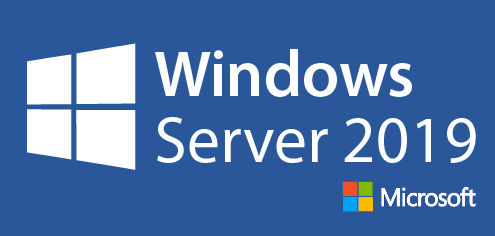
Introduction
Windows Server 2019, developed by Microsoft, is a powerful and versatile server operating system designed to support and manage network infrastructure, data storage, applications, and other server roles. It builds on the strong foundation of previous versions, offering enhanced security, improved performance, and new features to meet the needs of modern businesses.
What
Windows Server 2019 is a robust server operating system developed by Microsoft as part of the Windows NT family. Released on October 2, 2018, it brings numerous new features and enhancements aimed at improving functionality, security, and management for both businesses and enterprises. It builds on the foundation of its predecessors while introducing cutting-edge capabilities that cater to modern IT demands.
Who
Windows Server 2019 is designed for IT professionals, system administrators, and organizations of all sizes that require a reliable, secure, and scalable server solution. It is particularly beneficial for businesses looking to modernize their IT infrastructure, enhance security, and leverage cloud capabilities to improve overall operational efficiency.
Where
Windows Server 2019 can be deployed in diverse environments, ranging from on-premises data centers to hybrid cloud setups and entirely cloud-based infrastructures. Its versatility makes it suitable for a wide array of organizational needs, offering robust solutions for various scales and applications.
When
Windows Server 2019 was officially launched on October 2, 2018. It is part of Microsoft's Long-Term Servicing Channel (LTSC), ensuring it receives extended support and regular updates for a considerable period, thus providing long-term reliability and security to users.
Why
Windows Server 2019 provides a multitude of benefits and features that make it an excellent choice for many organizations. Below, you’ll find a detailed comparison of its pros and cons:
| Pros | Cons |
|---|---|
| Enhanced Security: Incorporates advanced security features such as Windows Defender ATP and Shielded Virtual Machines. | Cost: Licensing and implementation can be expensive, especially for small businesses. |
| Hybrid Capabilities: Offers seamless integration with Azure for hybrid cloud solutions, allowing for flexibility and scalability. | Complexity: Installation and management might be challenging for those without in-depth technical expertise. |
| Improved Storage Solutions: Includes features like Storage Migration Service and Storage Spaces Direct for better data management. | Hardware Requirements: Has higher hardware requirements compared to previous versions, potentially necessitating hardware upgrades. |
| Application Platform: Supports modern app development with containerization and Windows Subsystem for Linux (WSL). | |
| Flexible Management: Enhanced management tools such as Windows Admin Center simplify system administration. |
How
Installing Windows Server 2019 is a systematic process that involves the following steps:
- Download the Windows Server 2019 ISO image from the official Microsoft website or a trusted source.
- Create a bootable USB drive or use a DVD with the ISO image.
- Insert the bootable media into your server and boot from it.
- Follow the on-screen instructions to complete the installation process, including configuring server roles and features as needed.
Detailed guides and support can be found on the Microsoft documentation site to assist with any specific installation scenarios or you can see and follow in our articles.
Consequences
Adopting Windows Server 2019 can significantly enhance an organization's IT infrastructure by providing advanced security features, improved performance, and seamless integration with cloud services. However, it requires a considerable investment in licensing and hardware, and the initial setup may be complex for those without technical expertise. Ensuring your team has the necessary skills or obtaining professional assistance can help mitigate these challenges.
Conclusion
Windows Server 2019 stands as a powerful and versatile server operating system, offering a wealth of features and benefits for businesses of all sizes. Its enhanced security measures, hybrid cloud capabilities, and improved management tools make it a valuable asset for modernizing IT infrastructures. While there may be initial costs and complexities, the long-term benefits and reliability provided by Windows Server 2019 make it an excellent choice for various applications, ensuring your organization remains secure and efficient in the digital age.









Comments
Post a Comment
Thank you for your comment! We appreciate your feedback, feel free to check out more of our articles.
Best regards, Bizantum Blog Team.